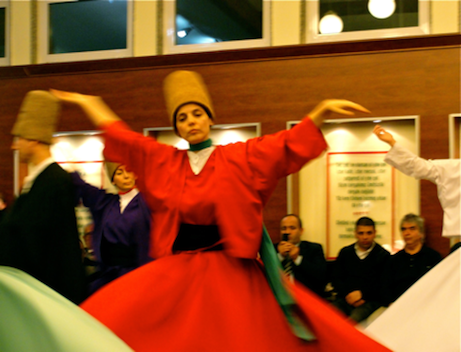My forthcoming book, entitled Digital Legacies: The Global Archiving of Intangible Heritage, explores the relationship between social media and digital heritage. This work examines how the archiving of videos of intangible heritage on YouTube has the potential to counter official heritage narratives put forward by nation-states through UNESCO. This challenge to official heritage arises as YouTube archives videos of intangible heritage uploaded by UNESCO as well as by a range of users including individuals, institutions and communities. The storing of UNESCO and user-generated videos of intangible cultural heritage is producing informal and dynamic archives that are continuously shifting in response to user-generated content and algorithms.
Social archiving can contest the UNESCO-sanctioned narratives of intangible heritage proposed by national governments through the stories related in user-generated videos, metadata and posted texts. This archiving can further challenge national heritage stories by situating particular videos on fluid lists produced by search engines through algorithms and user-generated input. YouTube’s potential to counter UNESCO-sanctioned narratives of intangible heritage nonetheless succumbs to the politics of code. As an unofficial archive of heritage, this platform is under the control of algorithms that Google designs and continuously upgrades to monetize the labour of YouTube users.
Sheenagh Pietrobruno
Digital Heritage
POPULAR ARTS / INTERNET CULTURE
DIGITAL HERITAGE
SCALE AND NEW MEDIA
Digital Legacies: The Global Archiving of Intangible Heritage

© Sheenagh Pietrobruno
The potential of both cultural forms – narrative and lists – to counter official heritage disseminated on YouTube’s archive of intangible heritage is approached through various case studies of global heritage, most notably the Mevlevi Sema (or whirling dervish) Ceremony of Turkey. Although UNESCO, through the Turkish Ministry of Culture and Tourism, promotes the Mevlevi Sema Ceremony as an exclusively male practice, online videos of men and women taking part in this ceremony together through the religious practices of a specific Mevlevi community in Istanbul circulate on YouTube. This case study combines a range of methods and critical approaches:
- Virtual ethnographies of Mevlevi Sema Ceremony videos, metadata and lists
- The born-digital research technique of tracking the search engine order of listed videos
- Interviews conducted in Paris with members of the Intangible Cultural Heritage section of UNESCO
- An actual ethnography (participant observation, discussion and interviews) of this Mevlevi community in Istanbul
- Scholarly research on Mevlevi Sufism in contemporary and historical contexts and on UNESCO’s use of social media to promote intangible heritage
- Theoretical approaches from various fields including new media, digital humanities, software studies and critical heritage studies
Sheenagh Pietrobruno Channel - YouTube
Background research for this project in digital intangible heritage has been published as book chapters and articles in leading international journals, including New Media and Society and the International Journal of Heritage Studies.
This forthcoming book is enriched by a production-based project: I am collaborating with scholars/practitioners throughout the world to create an online archive of digital intangible heritage research.

